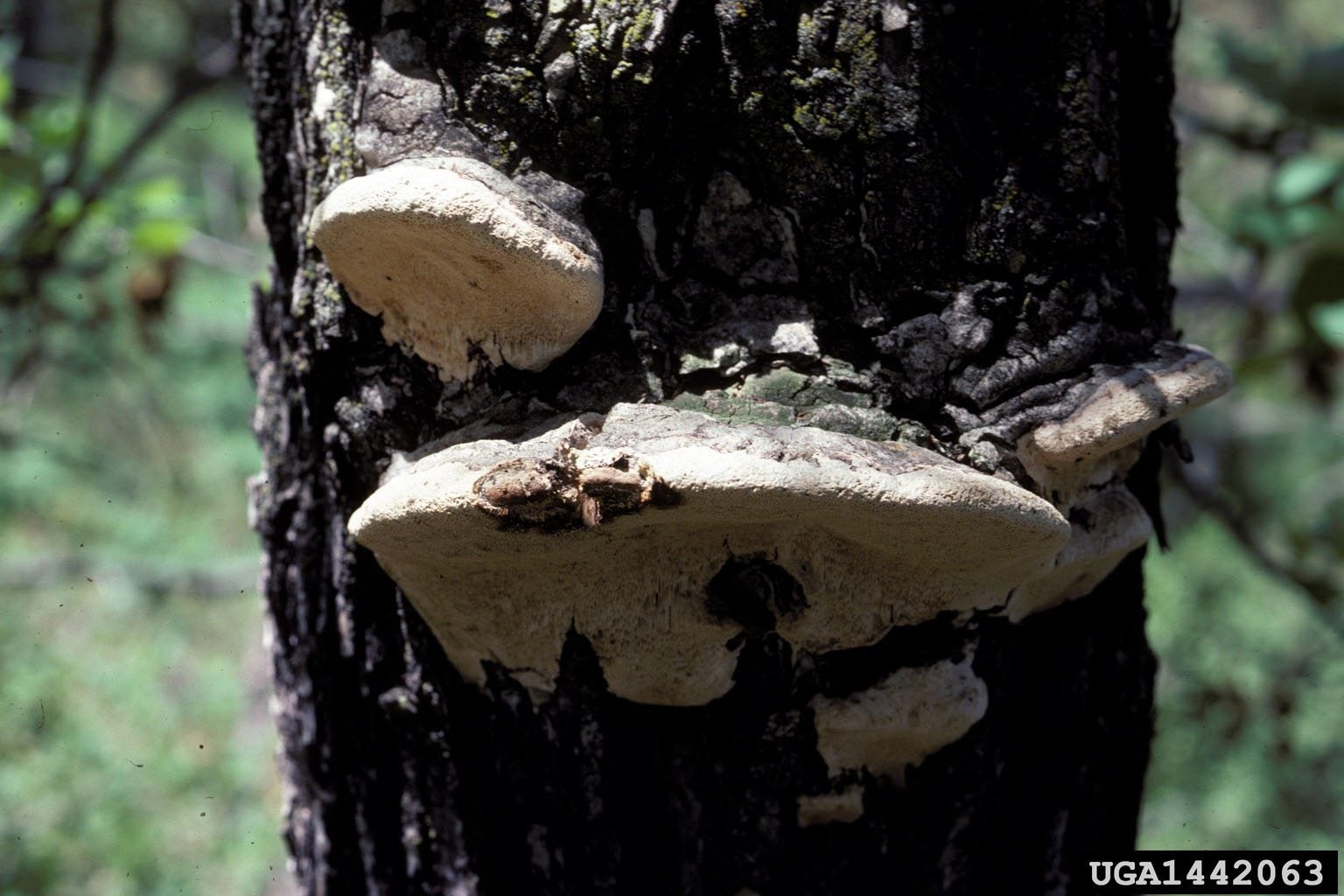What Is Heart Rot Disease: Info About Bacterial Heart Rot In Trees


Heart rot refers to a type of fungus that attacks mature trees and causes rot in the center of tree trunks and branches. The fungus damages, then destroys, a tree's structural components and, in time, makes it a safety hazard. The damage can initially be invisible from the outside of the tree, but you can detect diseased trees by the fruiting bodies on the outside of the bark.
What is Heart Rot Disease?
All hardwood trees are susceptible to varieties of fungal infections known as heart rot tree disease. The fungi, especially Polyporus and Fomes spp., cause the “heartwood” at the center of these trees’ trunks or branches to decay.
What Causes Heart Rot?
The fungi causing heart rot in trees can attack almost any tree, but old, weak, and stressed trees are the most susceptible. The fungi destroys the tree's cellulose and hemicellulose and sometimes its lignin, making the tree more likely to fall. At first, you may not be able to tell if a tree has heart rot tree disease, since all of the decay is on the inside. However, if you can see inside the trunk because of a cut or injury to the bark, you may notice a rotted area. Some types of heart rot in trees cause fruiting bodies that look like mushrooms to form on the outside of trees. These structures are termed conks or brackets. Look for them around a wound in the tree bark or around the root crown. Some are annual and only appear with the first rains; others add new layers each year.
Bacterial Heart Rot
The fungi that cause heart rot tree disease are divided generally into three types: brown rot, white rot, and soft rot.
- Brown rot is generally the most serious and causes the decayed wood to become dry and crumble into cubes.
- White rot is less serious, and the rotted wood feels moist and spongy.
- Soft rot is caused by both fungi and bacteria and causes a condition called bacterial heart rot.
Bacterial heart rot progresses very slowly and causes the least structural harm in trees. Although they do cause decay in cellulose, hemicellulose, and lignin in affected trees, the decay does not spread quickly or far.
Sign up for the Gardening Know How newsletter today and receive a free copy of our e-book "How to Grow Delicious Tomatoes".

Teo Spengler is a master gardener and a docent at the San Francisco Botanical Garden, where she hosts public tours. She has studied horticulture and written about nature, trees, plants, and gardening for more than two decades, following a career as an attorney and legal writer. Her extended family includes some 30 houseplants and hundreds of outdoor plants, including 250 trees, which are her main passion. Spengler currently splits her life between San Francisco and the French Basque Country, though she was raised in Alaska, giving her experience of gardening in a range of climates.